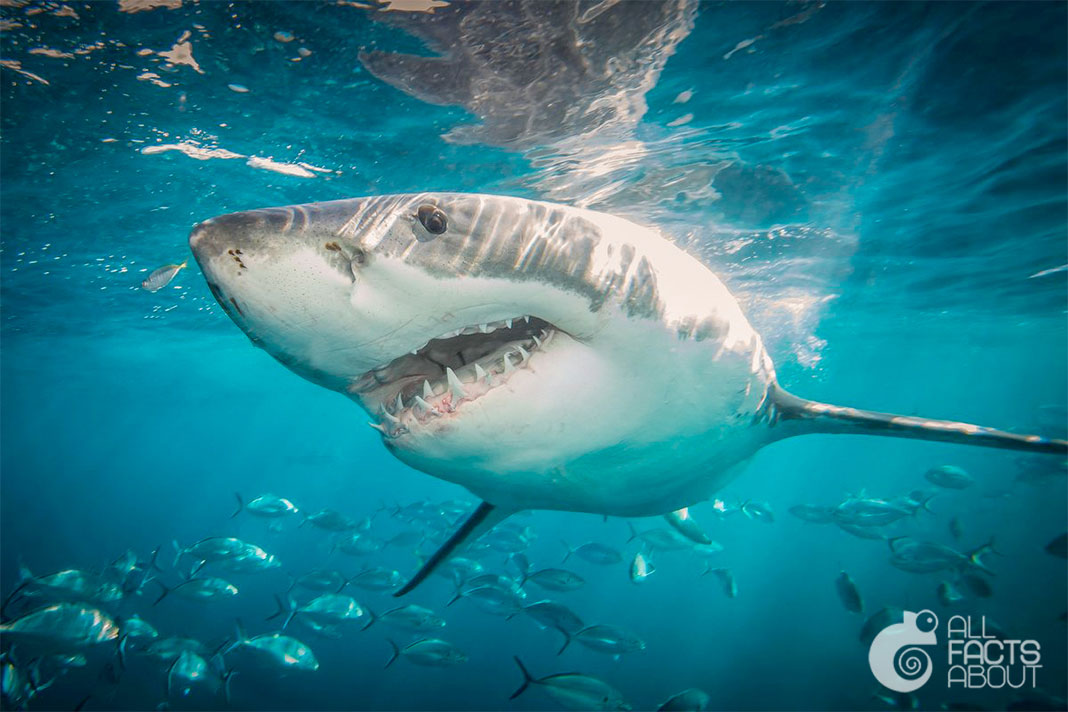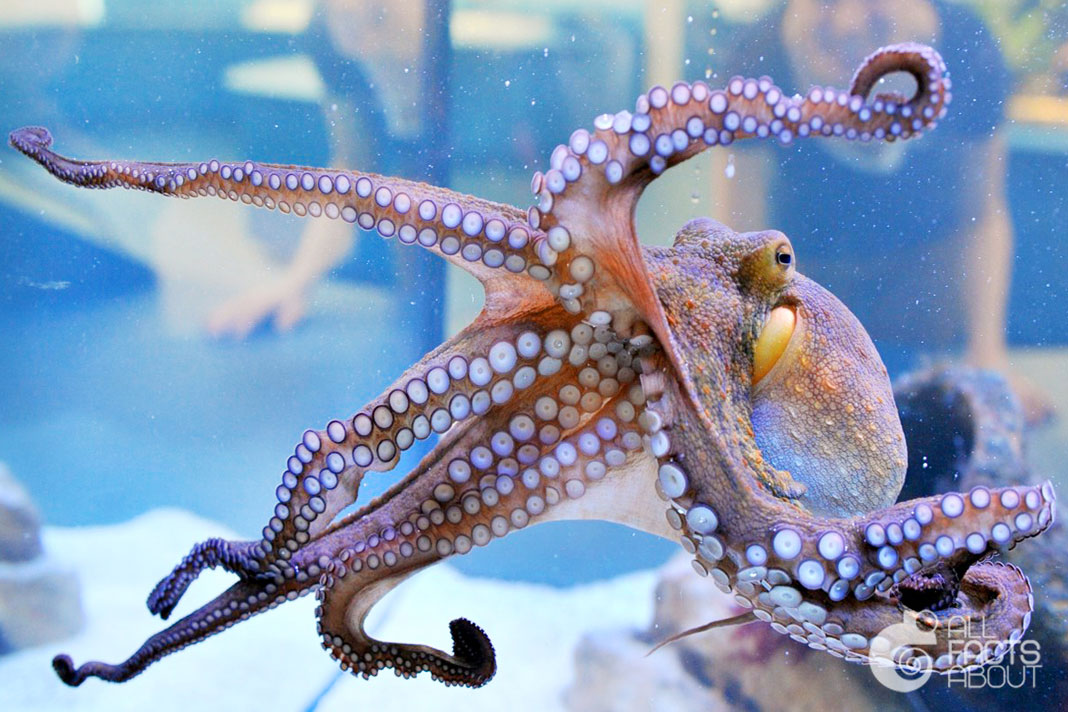Seals are fascinating marine mammals that thrive both on land and underwater. Known for their large eyes, streamlined bodies, and playful nature, seals are perfectly adapted for life in cold seas and coastal habitats. If you think seals are just lazy sunbathers, these facts might surprise you.
1. Today, 33 species of seals are recognized worldwide. Some species, like harbor seals, do indeed spend much of their time resting on coastal rocks or sandbanks. Though clumsy on land, they are agile swimmers, capable of twisting and turning at high speeds underwater.
2. Seals can hold their breath underwater for over an hour. The Weddell seal, for example, can dive more than 600 meters deep and stay submerged for up to 80 minutes while hunting fish beneath the Antarctic ice.
3. They can sleep underwater by taking short naps while floating or resting on the sea floor. Their brains can rest one hemisphere at a time, allowing them to stay alert to predators even while sleeping.
4. Seals can see well underwater thanks to their large, round eyes and a reflective layer called the tapetum lucidum, which enhances vision in low light. However, their eyesight is much weaker on land.
5. Seals have a thick layer of blubber beneath their skin that helps them survive in icy waters. This fat layer not only provides insulation but also serves as an energy reserve during long fasts and migrations.
6. Seal pups are born with a soft, white coat called lanugo. This fluffy fur provides insulation until they develop their adult, waterproof coat—usually within the first few weeks of life.

Seal pups’ soft white fur protects them until adult coat grows.
8. Seals communicate using a variety of sounds, including barks, grunts, clicks, and even underwater songs. Each species has its own unique vocalizations.
9. Seal mothers are extremely attentive and often recognize their pups by scent and vocal calls. In crowded colonies, this strong bond helps mothers find and nurse their own pups amid the chaos.
10. Seals use their flippers not only for swimming but also for steering, grooming, and even scratching itches. Their hind flippers move side to side like fish tails, providing powerful propulsion.
11. Besides, they regulate their body temperature through blood vessels in their flippers. By adjusting blood flow, they can either retain heat in cold water or release it when they are warm.
12. Unlike sea lions, seals lack external ear flaps. Instead, they have small ear openings and streamlined heads that reduce drag in the water, helping them swim more efficiently.
13. Some seals migrate thousands of kilometers each year in search of food or breeding grounds. Elephant seals, for example, undertake some of the longest migrations of any marine mammal.

Elephant seal male and female: giants of the seal family.
15. The Baikal seal is the only seal species that lives exclusively in freshwater. It inhabits Lake Baikal in Russia, the world’s deepest and oldest freshwater lake, and is uniquely adapted to this environment.
16. Some seals, like the leopard seal, are fierce predators. They hunt penguins, fish, squid, and even other seals, using powerful jaws and sharp teeth to catch and consume their prey.
17. Seals undergo a “catastrophic molt” once a year, shedding their old fur and growing a new coat. During this time, they haul out on land and go without food for several weeks while their new fur grows in.
18. Fossil evidence shows that seals evolved from land-dwelling mammals over 20 million years ago. They share a common ancestor with modern bears and mustelids, gradually adapting to aquatic life over time. In other words, the ancestors of seals once moved onto land but eventually returned to the water.




